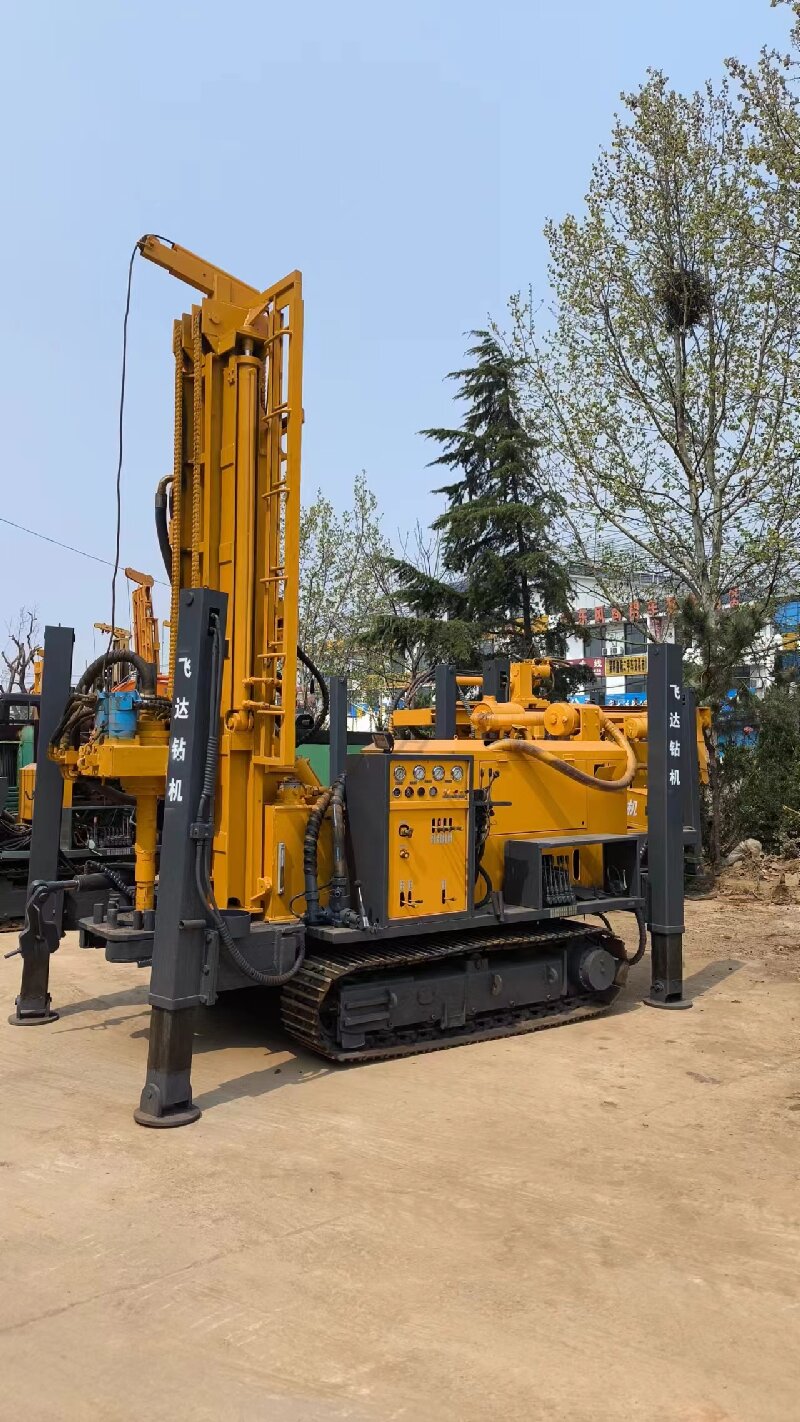The reasons why the drilling tools of water well drilling rigs get stuck may be related to geological conditions, improper operation or equipment failure, as follows:
1. Stratigraphic reasons
Well wall collapse: loose or unstable strata (e.g. sand layer, mudstone) are prone to collapse, resulting in buried drilling tools.Rock chip accumulation: The hole is not cleared in time, and the rock chips or mud block the gap between the drilling tools and the well wall.
Soft formation or expansion: Soft formation absorbs water and expands, squeezing the drilling tools and leading to stuck drilling.
2. Operational problems
Excessive drilling pressure: Excessive downward pressure causes the drill bit to embed in the rock formation, resulting in failure of the drilling tools to rotate properly.Uneven lifting: Improper force during lifting leads to bending or jamming of drilling tools.
Improper rotating speed: the rotating speed does not match the drilling speed, which increases the torque load on the drill bit and makes it easy to jam the drill.
3. Problems with equipment or drilling tools
Deformation or wear of drilling tools: Long-term use leads to bending of the drill pipe or wear of the drill bit, making the drilling tools stuck in the well.Poor connection: The drill pipe is not firmly connected to the drill bit and gets stuck after partially falling off.
Poor performance of drilling fluid: Insufficient mud viscosity or specific gravity to effectively carry rock chips or stabilize the well wall.
4. Environmental factors
Excessive well inclination: Borehole deflection increases the contact surface between drilling tools and well wall, which is easy to jam the drill.Complicated hydrological conditions: underground water flow or pressure difference leads to abnormal force on drilling tools.
If you don't know how to choose the right water well drilling rig, click the link below to contact our professional team directly.

Comments
Post a Comment